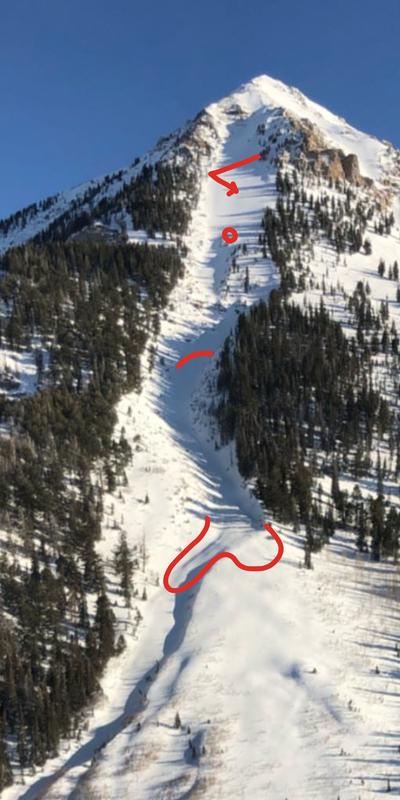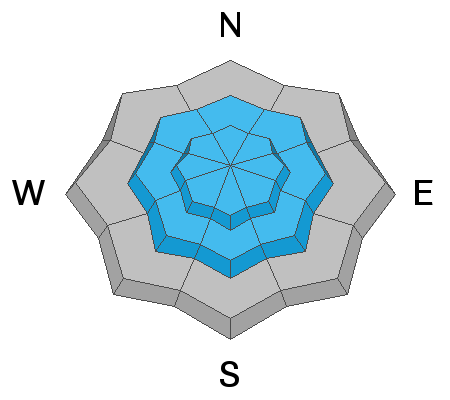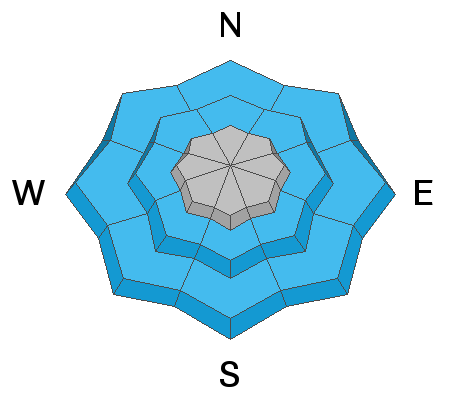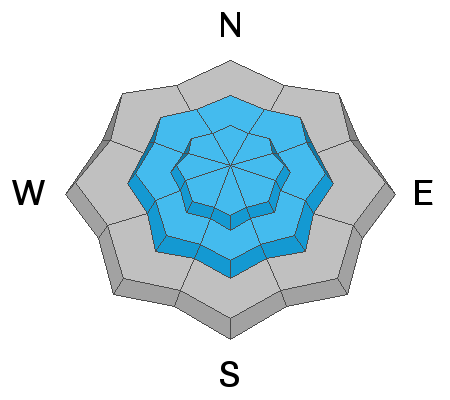Forecast for the Provo Area Mountains

Issued by Evelyn Lees on
Sunday morning, February 3, 2019
Sunday morning, February 3, 2019
The avalanche danger is HIGH at the upper elevations and CONSIDERABLE at the mid and lower elevations. Warm temperatures, strong winds and heavy wet snow have created dangerous avalanche conditions.
--Careful snowpack evaluation, cautious route-finding, and conservative decision making are essential for travel in the backcountry.
--Avoid avalanche terrain and avalanche runout zones such as gullies and couloirs.
---The avalanche danger will spike during periods of heavy snowfall or increased winds - natural avalanches will become likely.
--Provo mountain avalanches run long distances due to the steep terrain.

Low
Moderate
Considerable
High
Extreme
Learn how to read the forecast here










